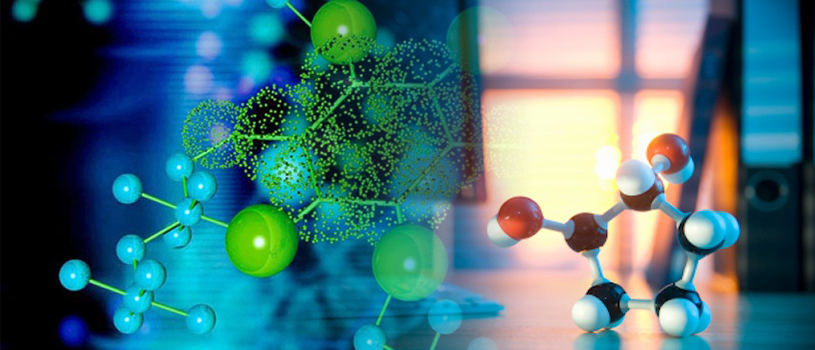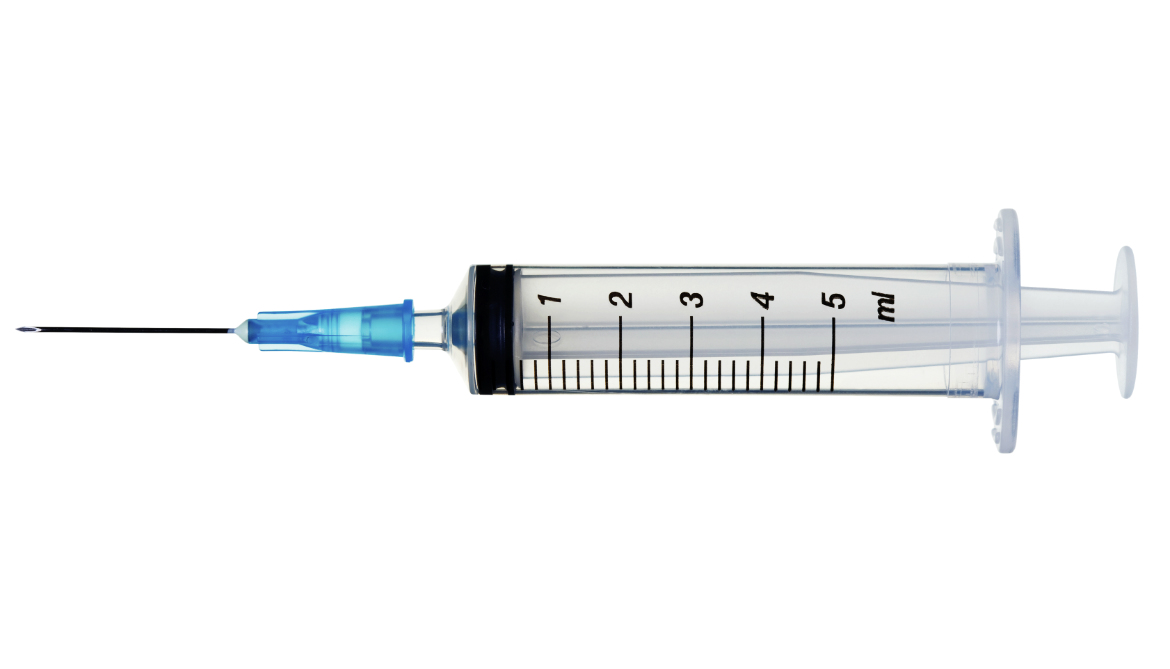
While far from an anti-aging cure, injections of ‘master regulator’ stem cells show promise in fighting symptoms of frailty.

The fountain of youth may reside in an embryonic stem cell gene named Nanog. In a series of experiments the gene kicked into action dormant cellular processes that are key to preventing weak bones, clogged arteries and other telltale signs of growing old.

A new technique preps donor neural stem cells and grafts them into an older brain. Could it someday be possible to replace brain cells and restore memory?

Researchers are said to be "stunned"by the success of a recent clinical trial of a new stem cell treatment for stroke patients. By injecting the cells int

A research team has succeeded in creating mice in the laboratory with hyper-long telomeres and with reduced molecular ageing, avoiding the use of genetic manipulation.

Right now, there are 4,186 people waiting for a heart transplant in the U.S., but with a huge donor shortage not all of these patients are likely to survive.

Imagine hearing that just one injection of stem cells could restore health to bones ravaged by osteoporosis. Scientists believe they may be close.

Scientists have succeeded in generating a new type of embryonic stem cell that carries a single copy of the human genome, instead of the two copies typically found in normal stem cells. These are the first human cells that are known to be capable of cell division with just one copy of the parent cell

Researchers have developed a new way of growing realistic human tissues outside the body.

Our neurons are derived from progenitor cells, which are specialized stem cells that have the ability to divide to give rise to neurons. Today, neuroscientists shed light on the mechanisms that allow progenitors to generate neurons.

Scientists from China have made history by taking a cell that's not a sperm cell and then used it to create a live animal. A similar technique could be used one day to treat infertility in humans.

Scientists have turned skin cells into stem cells that can hunt down and destroy the deadly remains inevitably left behind when a glioblastoma is removed.

For those with type 1 diabetes, regularly injecting themselves with insulin is part and parcel of their daily lives. This form of treatment hasn't advanced much for nearly a century, so it will come as good news that researchers at the Massachusetts Institute of Technology (MIT) are on the verge of a breakthrough.

Scientists at the Swiss Federal Institute of Technology Lausanne (EPFL) have come up with a technique to convert mature cells into stem cells by “squeezing” them. This discovery could finally allow stem cells to be produced on an industrial scale.

Scientists say 3D-printed structures loaded with embryonic stem cells could one day help doctors print out micro-organs for transplant patients.